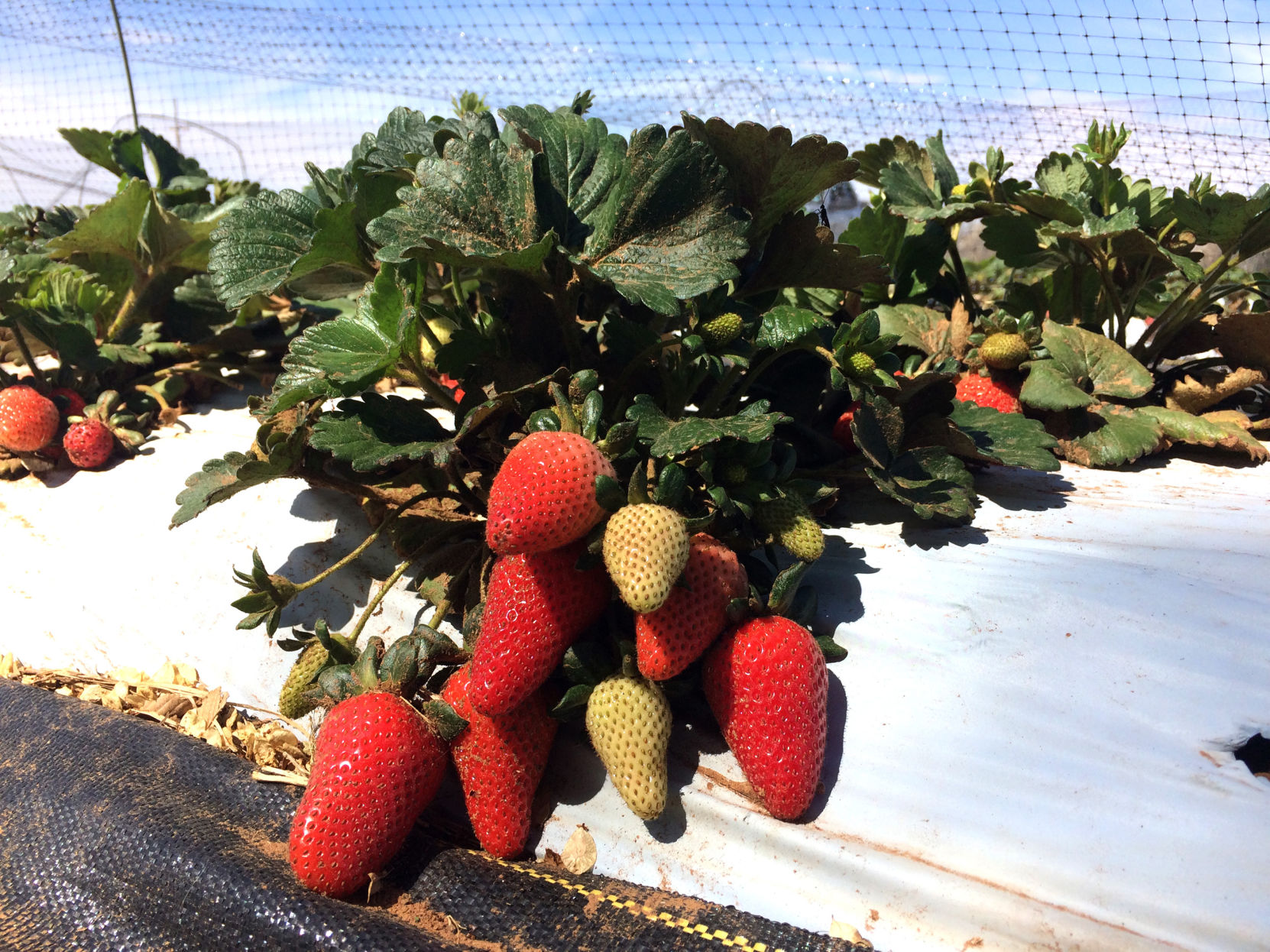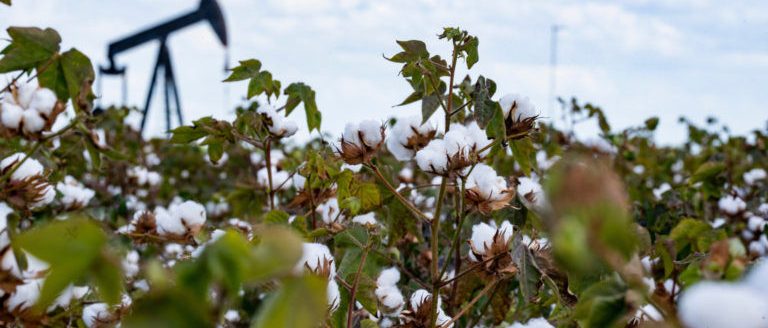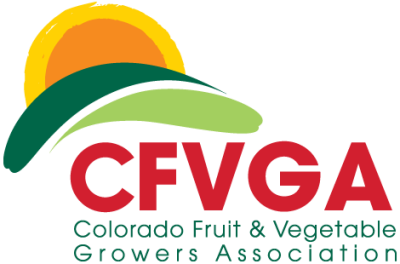A group of Texas A&M AgriLife Extension Service collaborators are determined to increase the number of Texas-grown strawberries available to consumers by improving grower productivity, profitability and resiliency.
Determining what it will take to sustain and expand the Texas strawberry industry is the focus of a study funded by an almost $70,000 grant from the Texas Department of Agriculture Specialty Crops Block Grant Program.
Russ Wallace, AgriLife Extension horticulture specialist in Lubbock, will lead the two-year project. Joining Wallace from AgriLife Extension are Larry Stein, horticulture specialist, Uvalde; Laura Miller, horticulture agent, Tarrant County; and Dale Rankin, agriculture and natural resources agent, Atascosa County.
Other collaborators include Peter Ampim, Prairie View A&M University research scientist; Susie Marshall, Grow North Texas executive director, Dallas; the Poteet Strawberry Festival Association; and six Texas strawberry growers.
Wallace said in the last five years there has been a resurgence of small-acreage Texas producers, due in part to high consumer demand and a willingness by the consumer to pay higher prices for locally grown strawberries.
The strawberry variety Lucia was grown in open field low-tunnel production in Lubbock by Russ Wallace, with Texas A&M AgriLife Extension Service. (Texas A&M AgriLife photo by Dr. Russ Wallace)
But statewide strawberry acreage is estimated at no more than 250 acres, he said. The Texas Department of Agriculture in 2014 reported that as a commodity, the deficit between statewide production and strawberry consumption in Texas was over 248 million pounds.
Texas strawberry growers average between 0.75 to 1.25 pounds of strawberries per plant or 10,000 to 17,500 pounds per acre. Production costs per acre range from $7,000 to $12,000 or higher, so growers must achieve approximately one pound per plant to pay for input costs.
“Currently, many growers do not or barely achieve that goal,” Wallace said.
Many of the newer growers have limited-resources and “don’t fully understand the high input of costs and labor associated with successful and profitable production, so they are less profitable than they should be,” he said.
A Texas A&M AgriLife Extension Service open field low tunnel strawberry production study near Lubbock. (Texas A&M AgriLife photo by Dr. Russ Wallace)
That is why the development of a strategic strawberry research and production training program is critical to the successful expansion of sustainable strawberry production throughout the state, Wallace said.
The project will evaluate five goals to increase yield and quality:
Using bio-based products such as Trichoderma, Bacillus and mycorrhizae to enhance root-zone health, increase rooting and strawberry crown production.
Incorporate low-tunnel technology to protect quality and prevent fruit diseases.
Provide alternative fertilizer management strategies that reduce labor and improve variety-specific nutrient uptake in the diverse regional climates.
Improve weed management strategies to reduce hand-weeding costs.
Provide Texas strawberry growers, agents and specialists, and the industry with up-to-date, intensive and regionally appropriate production training through statewide workshops, on-farm field days and online training programs.
Wallace said the research will be conducted at the Texas A&M AgriLife Research and Extension Center at Lubbock and the Prairie View A&M University Research Farm in Prairie View, as well as on six farms: one each at Arlington, Venus, Eagle Lake and Lubbock and two at Poteet.
“We will collect data from our research center and on-farm trials, and collect grower survey data at workshops, field days and trainings,” he said.
The data will be analyzed, summarized and reported to producers and other appropriate associations at workshops, field days, websites and news releases.
“We believe with more training opportunities growers will be able to increase their productivity and profitability,” he said. “Through grower, industry and university collaboration, we expect to increase in-state acreage, the number of growers and the availability of Texas-grown strawberries to consumers.”



